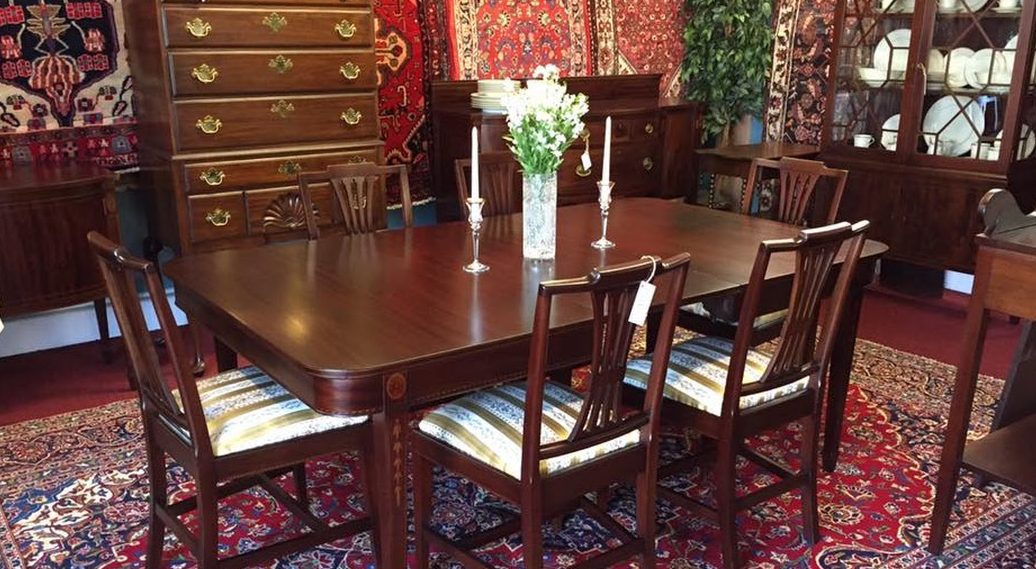
Antique furniture holds a charm that adds character and a sense of history to any home. If you’re looking to create a unique and timeless ambiance in your living space, incorporating antique pieces can be a game-changer.
Whether you’ve inherited valuable old furniture or recently stumbled upon a treasure at an antique store, this guide will help you refresh your home using antique furniture. We’ll delve into different antique styles, share tips on antique decorating, and highlight the best places to find the perfect pieces for your space.
1. Understand Antique Furniture Styles:
Before diving into the world of antique furniture, it’s crucial to understand the various styles available. From Victorian to Art Deco, each style brings its own distinct features and appeal. Take some time to research different antique furniture styles and identify which ones resonate with your personal taste and existing home decor. Understanding the characteristics of each style will help you make informed decisions during the purchasing process.
2. Assess Your Space:
Once you’ve familiarized yourself with antique furniture styles, it’s essential to assess your space and determine where these pieces will fit harmoniously. Consider the dimensions of the room, existing color schemes, and overall design aesthetic. This step will ensure that the antique furniture you introduce enhances the visual appeal of your home rather than creating a cluttered or mismatched atmosphere.
3. Mix Antique with Modern:
One effective way to incorporate antique furniture into your home is by mixing it with modern elements. Combining old and new creates an eclectic look that adds depth and interest to any space. For instance, pairing a Victorian side table with sleek contemporary sofas or placing an antique writing desk alongside minimalist decor can create a captivating contrast. Experimenting with different combinations will result in a truly unique and inviting environment.
4. Restore and Refinish:
In many cases, antique furniture may require some restoration and refinishing to bring it back to life. The process can involve stripping old layers of paint, repairing loose joints, or refinishing the surface to reveal its original beauty. If you’re not an experienced DIY enthusiast, it’s advisable to seek professional help to ensure the preservation of the furniture’s value and authenticity.
5. Antique Decorative Accessories:
To further enhance the charm of your antique furniture, consider incorporating antique decorative accessories. Vintage mirrors, ornate picture frames, antique porcelain, or even vintage rugs can complement your furniture choices and tie the entire room together. Remember to strike a balance between the number of accessories and the overall space available, as overcrowding can diminish the impact of each individual piece.
6. Hunt at Antique Stores and Shops:
Now that you have a vision for your home’s antique refresh, it’s time to embark on a treasure hunt at antique stores and shops. These establishments are treasure troves of valuable old furniture waiting for their new homes. Take the time to explore different stores in your area or browse reputable online platforms that specialize in antiques. Building a relationship with knowledgeable store owners can also give you access to exclusive pieces or information on upcoming auctions.
7. Evaluate the Authenticity:
When purchasing antique furniture, it’s crucial to evaluate its authenticity before making any commitments. Look for marks, labels, or signatures that can help identify the piece’s origin or maker. Researching specific characteristics or design elements associated with particular periods can also assist in determining authenticity. If in doubt, consult experts or appraisers who can provide professional evaluations based on their experience and knowledge.
8. Embrace Imperfections:
One of the unique aspects of antique furniture is its imperfections. Scratches, dents, or faded finishes can tell a story and add to the overall charm of a piece. Embracing these imperfections rather than seeing them as flaws will allow you to appreciate the furniture’s history and authenticity. However, if any damages compromise the structural integrity or usability of the piece, consider consulting a professional for repairs or restoration.
Conclusion:
Refreshing your home with antique furniture offers an incredible opportunity to infuse your space with character and timelessness. Remember to familiarize yourself with different antique furniture styles and assess your space before making any purchases. Mixing antique pieces with modern elements creates an eclectic look, while restoring and refinishing adds value and restores their original beauty. Don’t forget to explore reputable antique stores and shops, evaluate authenticity, and embrace the imperfections that come with valuable old furniture. By following these steps, you’ll curate a stunning home that reflects your unique taste and appreciation for the best furniture.
